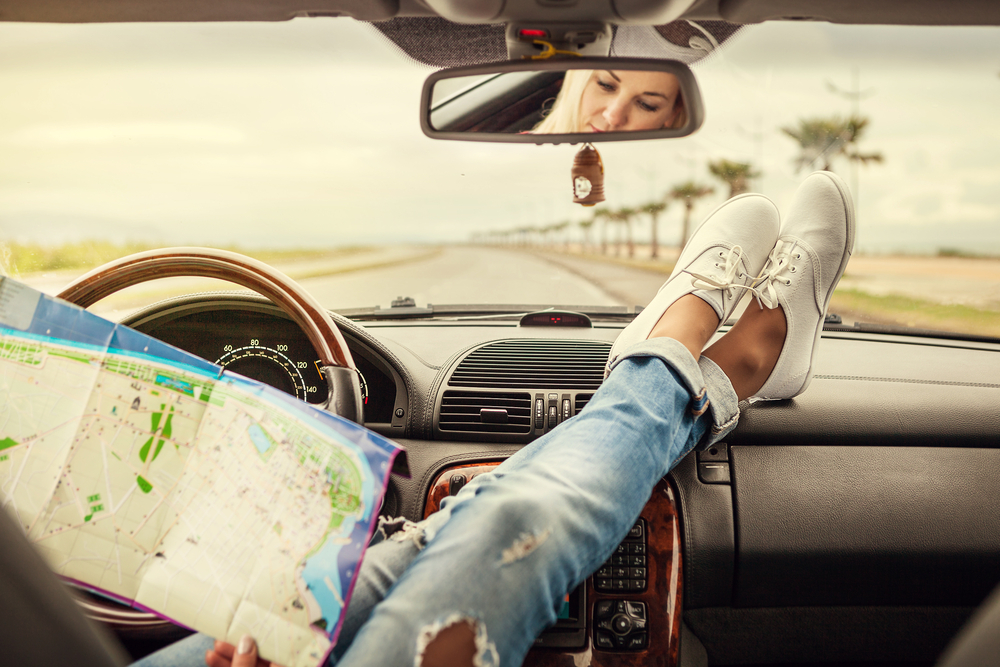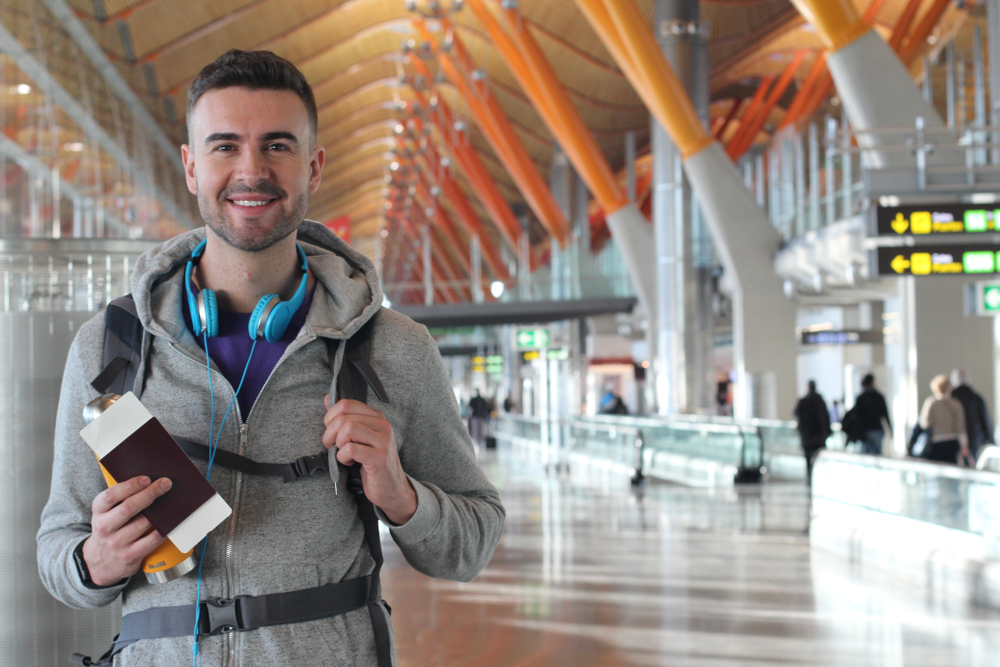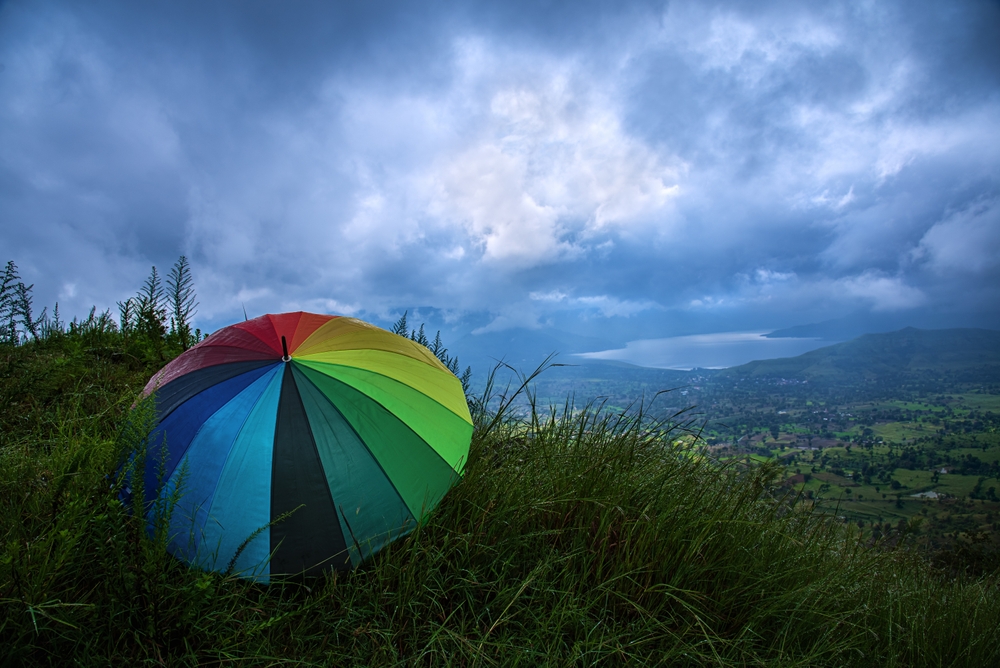There’s a thrilling sort of freedom that comes from packing up your things and jetting off on a long trip that lasts for more than a month. Whether it’s you’re going on a semester abroad, a working vacation, or a business trip, it nurtures a sense of escape that’s unlike any other. However, don’t expect to truly fulfil your Eat, Pray, Love potential without doing a little prep work first.
After all, doing long-term travel without bringing or having the right essentials can result in fairly uncomfortable situations. Fortunately, we’ve painstakingly curated a list of all the things you need to know before going on your next extended trip!
Long-term travel tips to keep in mind
1. Don’t rely on one payment method
There’s no doubt that using a credit card is one of the easiest ways to conduct your payments while travelling. However, there are instances when your credit card might fail you. Or, it could get lost. So, be sure to also bring cash and a debit card when you’re getting ready for long-term travel. You don’t want to be stuck far away from home without an alternative means of payment.
2. Free up your itinerary
It’s easy to get lost in the endless hustle and bustle of long-term travel. After all, you’ll probably encounter tons of different attractions to explore. But if you’re staying somewhere for a month, or longer than that, be sure to leave room in your itinerary to relax.
Not every day of your months-long trip needs to play out like a guided tour. Take a moment to chill, and explore your surroundings as the locals do. Sometimes, wandering around aimlessly can result in the best of surprises.
3. Look into parking options
If you (or your travel companions) are driving around in a car, it’s important to do a little bit of research on parking. Figure out the places where you can park, and where you cannot. Certain parking spots might overcharge you, so explore all your options for the best pick. Also, there are certain cities that have designated parking apps to facilitate an easier experience for the general public, so be sure to keep an eye out for those.
4. Manage your expectations
While long-term travel is generally rewarding in certain ways, don’t hype yourself up with the expectations of a life-changing experience. Most people go on a trip to escape, but it’s also important to keep your expectations realistic. Take it one day at a time, and don’t pressure yourself into anything. Rather, let the good things happen to you.
And remember, if you’re considering moving to the location that you’re travelling to, it’s better to be aware of how you function there in an everyday routine. Rose-tinted lenses and nostalgia goggles are never a good idea in the long run.
5. Make a list of places to visit
Your long-term travel plans mean that you’ll probably be either staying in one place for a long time, or bouncing across many different locations. In both cases, there’ll most likely be plenty of different attractions and new locations to check out. You might end up being a wee bit overwhelmed about where to go first, but it always helps to make a list.
That way, you’ll be able to carry on without worrying about missing any important experiences. But ticking things off that list should also never become tiresome, so don’t overstuff it with too many entries. Hence, you’ll need to decide which ones to prioritise and which ones you’re willing to forego due to time constraints.
6. Embrace the culture
Every trip comes with the opportunity to immerse yourself in new cultures, but this is doubly true when it comes to long-term travel. Staying in a place for a month or more means you’ve got more chances to live life like a local. Learning about a new culture can be as simple as picking a few local phrases to help you communicate better.
But don’t limit yourself to that. Visit museums and ruins for a sense of history, make your way through markets, and go where the locals go. Of course, remember to stay safe at all times, and not take unnecessary risks.
7. Indulge your “inner tourist”
Attempting to go full-on native during long-term travel can occasionally result in a little bit of regret. After all, you’ll need to head back home eventually. So, don’t feel guilty about getting a little touristy towards the end of your trip. Get all those souvenirs, snacks, and gifts while you can! Take a photo in front of that all-too-famous landmark! Who cares if some might say it’s cliché?
8. Be flexible with your planning
One of the best things about long-term travel is having the time to change your plans midway through the trip. With that in mind, it’s actually better if you don’t book all your tours or activities at the very start of the trip. After all, plans tend to change, and too much pre-trip planning can be pretty restricting to your experience as a whole.
Be more flexible with your itinerary, especially since you’ll likely have more time on your hands. Try to explore your destination first, and get a feel for the surroundings. You might even find yourself discovering better deals!
9. Read reviews on accommodation
Another very important aspect of long-term travel is your accommodation. Be sure to read reviews of the hotels or Airbnbs that you’re planning to stay in. Cleanliness is one factor to look out for, but remember to also see what other guests have said about the location of your chosen accommodation.
If it’s in a spot that doesn’t have access to any cars or public transportation, then you’re probably better off staying elsewhere. Accessibility is super important when it comes to finding places to eat and going on tours.
What to pack for a long trip
10. Keep it light
A general rule of thumb for packing for a long-term travel packing list is to not overdo it. Keep in mind that you don’t have to bring along too many articles of clothing, because you’ll definitely be doing laundry as you travel. Try to have all your clothes, shoes, and other essentials fit into one suitcase if that’s possible. However, this particular notion might vary depending on the climate of your destination.
Nonetheless, be sure to bring along a good supply of lightweight clothing, as they tend to dry quickly. Make sure you’ve got a sturdy pair of walking shoes too, and pack the appropriate thermal wear if you’re going to be staying in a colder destination.
11. Have a spare copy of your passport (or visa)
There may be times during your long-term travel adventures when you might need to whip your passport for identification or verification purposes. If you don’t feel comfortable constantly carrying your original around, be sure to bring along a copy. This also applies to your visa, if you’re visiting a country that does indeed require one.
On the flip side, carrying a copy of your passport (or visa) can also be a lifesaver if you’re ever unfortunate enough to have misplaced your original one. Other documents to keep in mind are vaccination certificates and an international driver’s licence for countries where English isn’t spoken.
12. Bring an extension cord
There are plenty of long-term travel essentials to pack, many of which depend on what kind of adventures you’re planning on getting into. However, some of these are must-haves on your long-term travel packing list, no matter what. These include a first-aid kit, a sewing kit, and of course — an extension cord.
Our modern lives are pretty much fuelled and framed by the devices we carry around, and having an extension cord is a great way to keep them all charged. It’s also great when you’re travelling around in a group. Don’t forget to bring along a travel plug adaptor, too!
There you have it; everything you need to know about what it takes to thrive on a long-term trip. Being away from home for so long might seem a little scary. But if you haven’t tried long-term travel before, there’s no better time to start. Life is short, the world is wide, and you owe it to yourself to make some memories.



